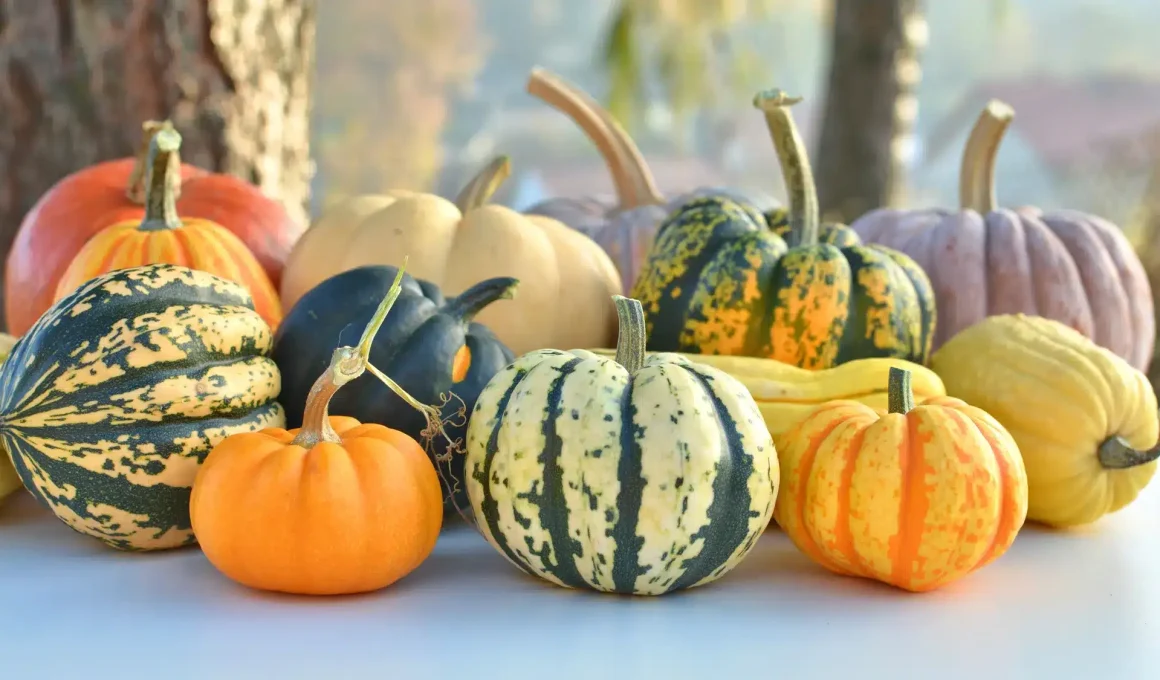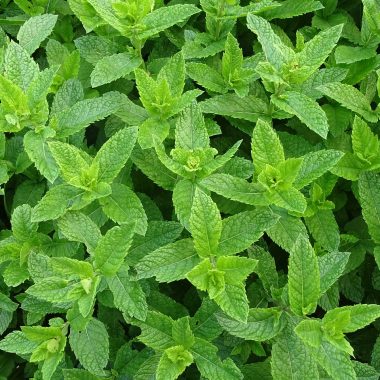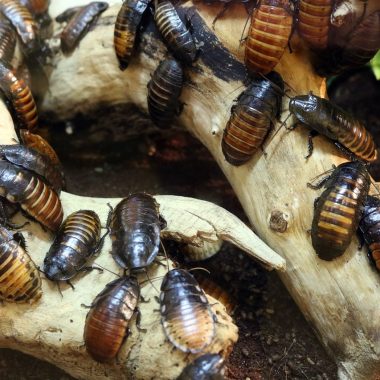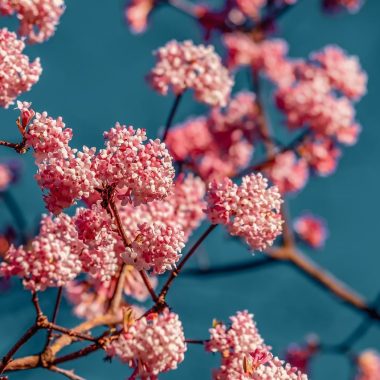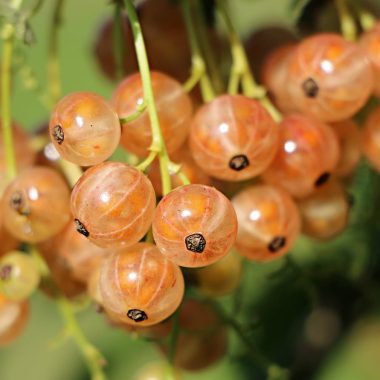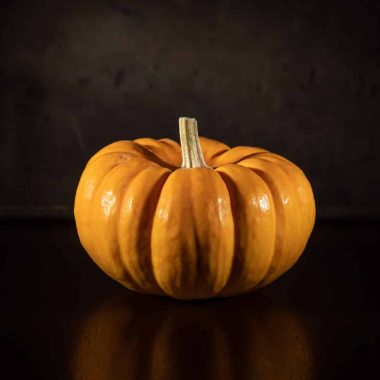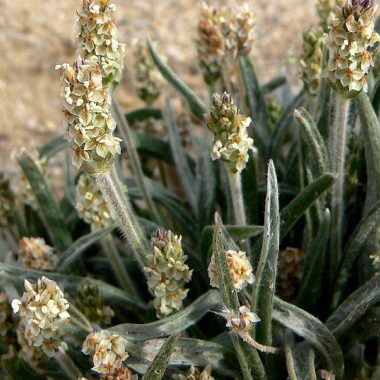The difference between pumpkin and squash is one discussion I’ve often shied away from.
Like many individuals, I was once confused about telling these fruits apart because they seemed to share certain characteristics and even tend to look alike.
One such similarity arises from the fact that they belong to the same family.
Pumpkins and squash are members of the same genus, Cucurbita, and the same plant family, Cucurbitaceae.
Both are also classified as fruits even though they are treated as vegetables in cooking.
More so, both plants grow on the vine and are often used as interchangeable ingredients in recipes, providing similar textures and flavors.
Pumpkins and squash are rich in vitamins, minerals, and antioxidants, offering numerous health benefits for overall well-being.
Despite their many similarities, these fruits also differ in certain aspects, and that difference will be the focus of this article.
Stay with me as we delve into the fascinating world of pumpkin and squash.
Difference Between Pumpkin and Squash
1. Appearance
A unique difference between pumpkins and squash lies in their appearance.
In this article, we will examine their differences based on their appearance from two perspectives: their skin color and texture and their size perspective.
a. The Difference in Color and Texture of Skin
In terms of appearance, the color of the pumpkin ranges from deep yellow to vibrant orange.
Conversely, squash comes in various shades, such as green, yellow, white, gray, and beige.
More so, pumpkins have tough, hard skin, which helps them store for a long time.
The pumpkin exterior can also be difficult to cut through compared to squash, whose skin is thinner and delicate.
The texture of squash varies; some may have smooth skin, while others may have a bumpy texture.
This means that the skin of the squash is more susceptible to damage and needs to be handled with care.
b. Differences in Size and Shape
Even though the size and shape of a pumpkin vary depending on the variety, pumpkins are normally rounded, symmetrical, and larger than squash.
On the other hand, squash comes in different shapes, such as round, oblong, or cylindrical, and is smaller than pumpkins.
Although pumpkins come in various sizes, small varieties are usually three inches long and weigh four ounces.
The average pumpkins weigh between 12 and 18 pounds each and are nine or ten inches long.
The oversized pumpkin varieties can weigh hundreds of pounds, like the Guinness Book of World Records winner that came in at 2,702 pounds 13.9 ounces.
On the other hand, squashes have an optimum size of 8 to 12 inches long for the oblong varieties and 4 to 8 inches in diameter for the round type.
Varieties like butter squash can weigh between two to five pounds.
2. Taste Difference
Another difference between pumpkin and squash is the distinct flavor and aroma, even though the taste depends on their variety. Overall, though, there isn’t much difference in their taste.
Pumpkins have a milder flavor and a slightly sweet taste, while squash, on the other hand, offers a broader range of flavors, from sweet to nutty, neutral, and even earthy.
These differences in taste and aroma impact their suitability in various culinary applications.
3. Culinary Use
Because pumpkin and squash offer unique flavors, they make a perfect addition to any dish.
However, their culinary application differs slightly, as they have different tastes.
While pumpkin is commonly used in sweet dishes like pies, bread, and desserts, squash has a more versatile application because of its range of flavors, excelling in sweet and savory preparations.
Nevertheless, pumpkin also finds application in creamy soups, stews, curries, and casseroles.
The pumpkin’s flesh is soft and sweet, making it a popular ingredient in many recipes.
Because of its versatile flavor profile, squash has many culinary dishes. It is a versatile vegetable perfect for sautéing, grilling, or can be pureed.
They also find application in baked foods, roasts, soups, and stews. Squash blossoms, a delicacy in some cuisines, can be stuffed, fried, or used in salads.
4. Seed Difference
A mistake people often make in telling the difference between pumpkin and squash is thinking that they should be eaten because of their nutty taste and that squash seeds should be discarded.
In reality, it is not so and not even ideal. Both seeds are edible and are equally nutritious.
They can be eaten raw, roasted, or incorporated into various recipes.
However, while pumpkin seeds are a rich source of fatty acids, which can serve as energy for muscle contraction and body metabolism, squash seeds, on the other hand, are rich in fiber and protein content.
Pumpkin seeds, also known as pepitas, are encased in a white, semi-hard shell. They have a distinct green color and a slightly sweet flavor.
They can be consumed after removing the outer layer. Pumpkin seeds add flavor and crunch to various dishes and can be added to salads, trail mixes, or a tasty snack by roasting them with oil and seasoning.
In contrast, squash seeds may vary in size and color depending on the type of squash.
The seeds should be removed from the squash, cleaned off the pulp, and let dry before use.
These seeds can also be roasted and enjoyed as a snack or added to dishes for extra crunch and flavor.
5. Difference in Cultural Significance
Another difference between these fruits is their cultural significance. While pumpkin is said to have a cultural significance, the same cannot be said of squash.
Pumpkins are a popular Halloween ornament used for decorative carving purposes.
A long-standing tradition for this holiday is carving a pumpkin into a jack-o’lantern.
To do this, revelers scrape out the soft interior flesh of the pumpkin fruit and slice the hard shells with a sharp knife.
More so, pumpkin is a popular Fall flavor often used in Thanksgiving dishes. Most people also use it as a filling for Thanksgiving pies.
They also serve ornamental purposes. Here, heirloom pumpkins are a favorite decorative variation for a Christmas tabletop or centerpiece.
Visiting pumpkin patches is a popular fall activity. Their vibrant colors provide a beautiful backdrop for photos commemorating the season.
Miniature pumpkins are often painted in fall colors and complement various decorations beautifully.
On the other hand, squash doesn’t feature heavily in any holidays or festivities, is not used for ornamental purposes, and is mainly eaten for various benefits.
6. Growing Habits and Structure of Stem
The stem’s growing habits and structure are another difference between pumpkin and squash.
Pumpkins and squash are similar in their growing pattern; their fruits grow on the vine and are part of the same plant family.
That notwithstanding, pumpkins matured, are usually harvested in September, and are available in grocery stores during fall.
In contrast, squash matured and is usually harvested in the winter and available year-round.
Even as they climb the vine, their stem structure is one way to distinguish between these fruits.
Squash stems are hollow and loose and can be easily twisted by the wind, but pumpkin stems are firm and hard.
More often than not, pumpkin stems have been described as solid and stiff to the touch.
7. Nutritional Difference
There are many similarities and differences between pumpkins and squash when discussing their nutritional content.
Both fruits are nutrient-dense foods that offer numerous health benefits. Despite their differences, both are deemed healthy and a nice addition to dishes.
One such nutritional difference between these fruits is that pumpkins have a low omega content, whereas squash’s omega is very high.
Even though both fruits contain essential vitamins and minerals, pumpkins tend to have slightly higher amounts of vitamin A, while squash boasts more potassium and vitamin C.
Overall, though, both are rich in their own right and offer numerous health benefits to the body.
